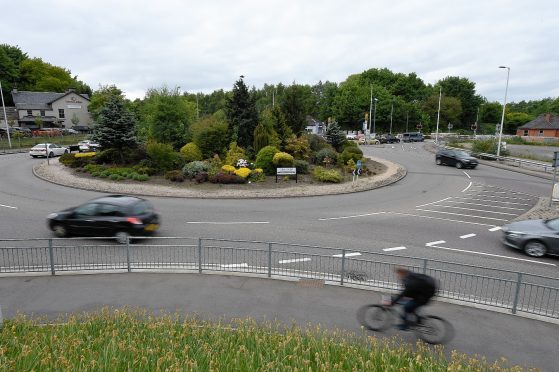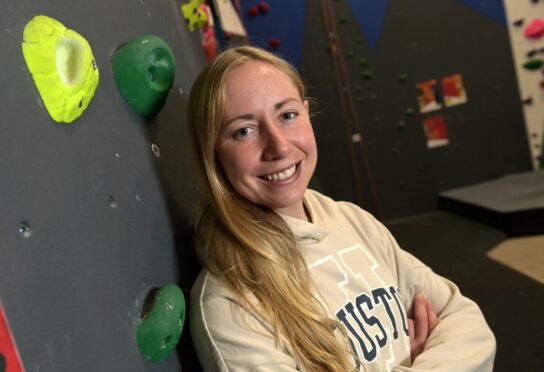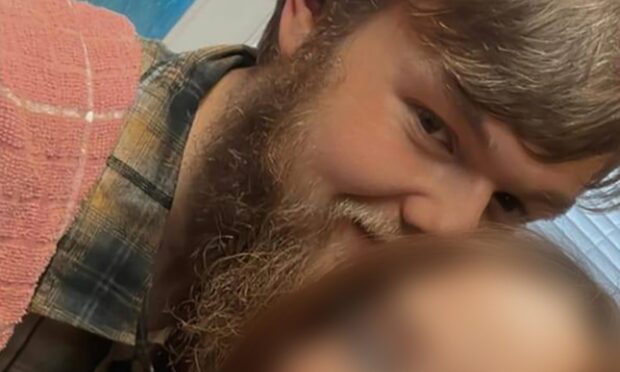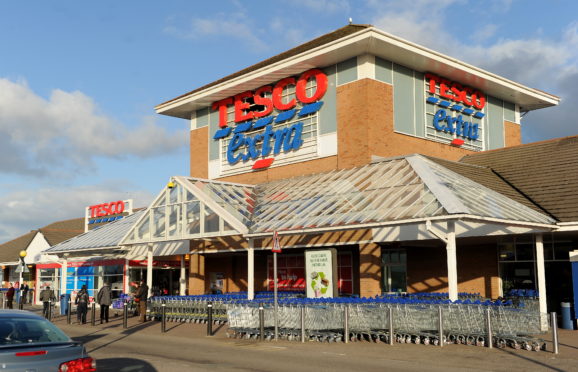A number of roundabouts could be replaced with junctions as part of a radical new vision for the future of transport in the Highland capital.
Existing roundabouts on Millburn and Longman roads could be removed under the plans, which are aimed at making movement around Inverness easier for pedestrians and cyclists.
The suggestion is raised in a draft strategy examining ways of improving the main approaches into Inverness.
The first phase of the plan involves planting a number of trees and greenery at key city gateways.
But the draft strategy, seen by the Press and Journal, suggests that the removal of roundabouts would be the “optimal solution” – but acknowledges that it would have to be a “long term approach”.
Highlands MSP David Stewart said the idea was worth consideration.
He said: “I don’t think roundabouts are the Holy Grail. A lot of countries do things differently and I’ve spent a lot of time in the States where they don’t really go in for roundabouts in the same way we do.”
He added: “If consultants can come up with an interesting, novel and practical way of doing something different then why not?
“Sometimes we are far too traditional and if there is a better way of doing things it’s worth looking at.”
But Councillor Richard Laird, Inverness Central, said the idea would be difficult to achieve given the city’s existing traffic problems.
He said: “If we were in a position of designing the entire road system of Inverness from scratch then this approach would be well worth looking at.
“It’s certainly true that roundabouts present challenges to pedestrians.
“However, it is also the case that many of the junctions in Inverness need the capacity of roundabouts to avoid causing complete gridlock.”
A Highland Council spokeswoman said that the thinking behind the removal of roundabouts was based on the Scottish Government’s Designing Streets planning guidance which “emphasis of guidance on street design towards place-making and away from a system focused upon the dominance of motor vehicles”.
A spokesman for Transport Scotland said they could not comment on the detail of the report but said they recognise the “need to provide the high quality road infrastructure needed to support economic growth and improve journey times for road users in and around Inverness”.










